Drove through several small villages:
CALCA named after the son of the Sun God; impressive puma statues.
LAMAY is a “blink and you miss it ” interesting little town. Home to the guinea pig, statues of smiling cuy appear at various intervals along the highway. Today is Sunday and all along the 4-5 block town street were small fires with locals tending dozens of roasting cuy impaled on charred sticks. Since Hernan is a local, he knew lots of people everywhere. One of the ladies here showed us the cooking process; each cuy was stuffed with herbs.
People from all over the Sacred Valley come here on Sunday for cuy dinner. Only 11 am so nothing is ready to eat.
CALCA named after the son of the Sun God; impressive puma statues.
LAMAY is a “blink and you miss it ” interesting little town. Home to the guinea pig, statues of smiling cuy appear at various intervals along the highway. Today is Sunday and all along the 4-5 block town street were small fires with locals tending dozens of roasting cuy impaled on charred sticks. Since Hernan is a local, he knew lots of people everywhere. One of the ladies here showed us the cooking process; each cuy was stuffed with herbs.
People from all over the Sacred Valley come here on Sunday for cuy dinner. Only 11 am so nothing is ready to eat.
PISAQ: On the outskirts, lots of women along the road shaking corn husks to get people to stop at their stand. In town, stopped to get fruit and candy to take for the village we are visiting. Went kind of crazy getting a variety of fruit and candy.
At the base of the mountain, surprised to see a "hippie" commune consisting of people from all over the world; great spot for growing food. Beautiful drive with views of the Pisac Ruins & Terraces high up the mountain, fields of lupine blooming, waterfalls.
Every conceivable shade of green in the field with splashes of bright color from the women's clothes. Stopped all along the drive up the mountain to give candy to the people we passed.
At the base of the mountain, surprised to see a "hippie" commune consisting of people from all over the world; great spot for growing food. Beautiful drive with views of the Pisac Ruins & Terraces high up the mountain, fields of lupine blooming, waterfalls.
Every conceivable shade of green in the field with splashes of bright color from the women's clothes. Stopped all along the drive up the mountain to give candy to the people we passed.
.
Shocked to see the large soccer field way up here; lots of people coming to watch on Sunday afternoon. Kids came running to get the candy, suckers, and marshmallows! So much fun seeing them so excited.
Shocked to see the large soccer field way up here; lots of people coming to watch on Sunday afternoon. Kids came running to get the candy, suckers, and marshmallows! So much fun seeing them so excited.
PARU PARU VILLAGE is 13,400 feet up the mountain. A pretty steep hill leads down to houses. Ducked under entry arch as the women sprinkled flower petals on our heads while two men played music. Six people from the village greeted us by introducing themselves and gave a welcome. Many people were working in the farms where they grow 1,300 different kinds of potatoes.
They speak Quencha so Hernan translated. Then we introduced ourselves. There are two elected mayors: a man and a woman. Theresa was the female mayor and did most of the talking. We were shown a variety of potatoes they grow and served mint tea as well as some of the fruit. The two young girls loved the watermelon. Showed them how to spit a seed and see who could get it the furthest distance.
Lots of laughter while they dressed us in their traditional colorful clothes for the Pachamama Ceremony.
A lady came running and in a panic because a car went into the lake; apparently a tour car. Walked by the lake where quite a few villagers were helping figure out how to get the car out.
Ceremony location was down quite a steep hill. Sonalee and Karina, 9-year old girls, grabbed my hand to help so I wouldn't fall. It was so sweet! Wanted to know my name; told them Lois or Lo; they called me "Hello." (guess because it's one of the English words they know)
Pachamama Ceremony (meaning Mother Earth in the ancient Quechua language) is one the oldest and most sacred rituals of the people of the Andes. An offering to give thanks to her for harvests the land so that farmers can grow potatoes, corn and coca leaves; it is she who embodies the mountains; and it is she who will bring fertility and life.
This was the Ceremony that was led by the Village Andean Priest:
The offering is to protect all the animals--cocoa leaves, anise, little cookies or something sweet; anything from the earth is put in little packets.
Bells shaken to bring the good spirits.
Yarn pom-poms made for the llama leader.
Drink prepared consisting of 2% alcohol. Priest chants.
We all stood and with him, blew on the cocoa leaves while pointing to every mountain saying "Apus & name of mountain" (thanking the divine mountain spirits)
Walked into the llama pen. Llama Leader is forced to drink, and with a needle pierced each ear for the pom-poms.
Went back to the fire burning the offerings that will then return to their origins, rising into the sky while the remaining ashes are buried in the earth to complete the cycle. Very lucky to be part of this traditional ceremony.
Walked back to the village
A meal of local food was served: cuy, trout, potatoes, fresh veggies (broccoli, cucumber, tomatoes). Tried the cuy, which was quite good. Scraped the meat off; didn't do like the locals where nothing is left but the bones; they eat skin and all.
They speak Quencha so Hernan translated. Then we introduced ourselves. There are two elected mayors: a man and a woman. Theresa was the female mayor and did most of the talking. We were shown a variety of potatoes they grow and served mint tea as well as some of the fruit. The two young girls loved the watermelon. Showed them how to spit a seed and see who could get it the furthest distance.
Lots of laughter while they dressed us in their traditional colorful clothes for the Pachamama Ceremony.
A lady came running and in a panic because a car went into the lake; apparently a tour car. Walked by the lake where quite a few villagers were helping figure out how to get the car out.
Ceremony location was down quite a steep hill. Sonalee and Karina, 9-year old girls, grabbed my hand to help so I wouldn't fall. It was so sweet! Wanted to know my name; told them Lois or Lo; they called me "Hello." (guess because it's one of the English words they know)
Pachamama Ceremony (meaning Mother Earth in the ancient Quechua language) is one the oldest and most sacred rituals of the people of the Andes. An offering to give thanks to her for harvests the land so that farmers can grow potatoes, corn and coca leaves; it is she who embodies the mountains; and it is she who will bring fertility and life.
This was the Ceremony that was led by the Village Andean Priest:
The offering is to protect all the animals--cocoa leaves, anise, little cookies or something sweet; anything from the earth is put in little packets.
Bells shaken to bring the good spirits.
Yarn pom-poms made for the llama leader.
Drink prepared consisting of 2% alcohol. Priest chants.
We all stood and with him, blew on the cocoa leaves while pointing to every mountain saying "Apus & name of mountain" (thanking the divine mountain spirits)
Walked into the llama pen. Llama Leader is forced to drink, and with a needle pierced each ear for the pom-poms.
Went back to the fire burning the offerings that will then return to their origins, rising into the sky while the remaining ashes are buried in the earth to complete the cycle. Very lucky to be part of this traditional ceremony.
Walked back to the village
A meal of local food was served: cuy, trout, potatoes, fresh veggies (broccoli, cucumber, tomatoes). Tried the cuy, which was quite good. Scraped the meat off; didn't do like the locals where nothing is left but the bones; they eat skin and all.
Handicrafts were brought out to sell. Bought a little something from each of these wonderfully gracious people. Love the bracelet Sonalee made and tied on my wrist.
Also left a tip for the village. This community-based tourism supplements their community’s conventional farming income. They showed with pride their rich and genuine cultural heritage, and we truly appreciated their hospitality.
Sonalee and Karina walked back to the van and recited a poem.
Special way to end a very Special Day!
Also left a tip for the village. This community-based tourism supplements their community’s conventional farming income. They showed with pride their rich and genuine cultural heritage, and we truly appreciated their hospitality.
Sonalee and Karina walked back to the van and recited a poem.
Special way to end a very Special Day!

 Paru Paru, Cusco, Peru
Paru Paru, Cusco, Peru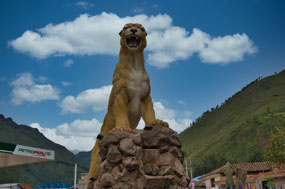
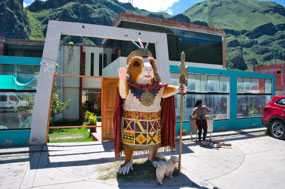
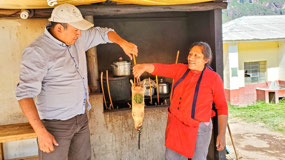
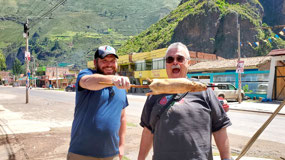
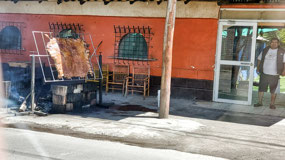

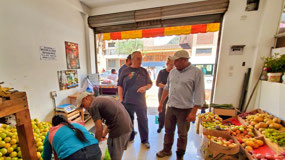
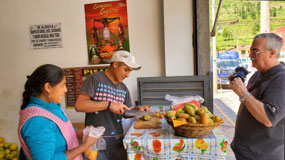
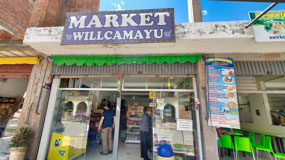
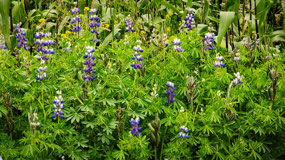
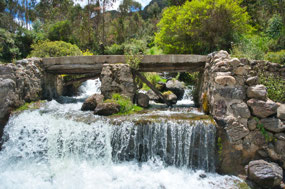
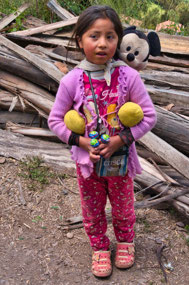
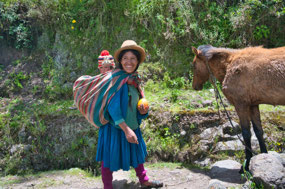
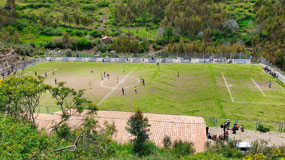
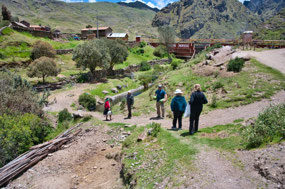
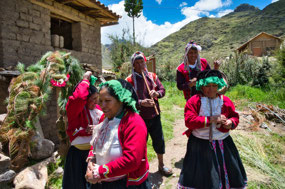
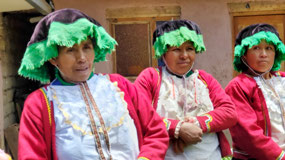
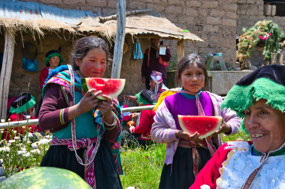
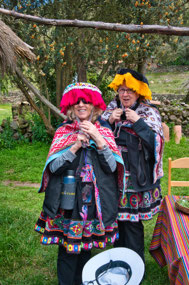
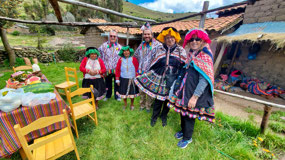
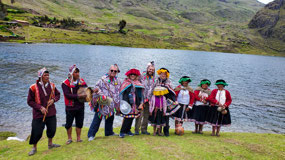

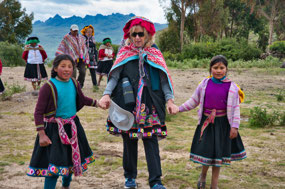
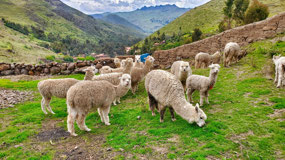
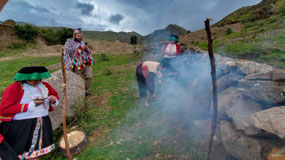

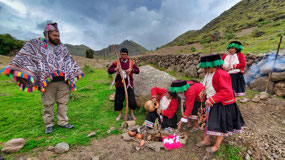
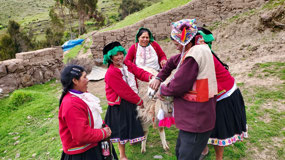

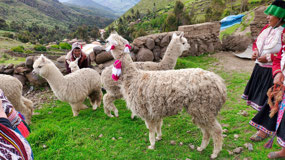
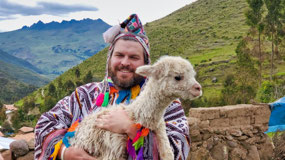
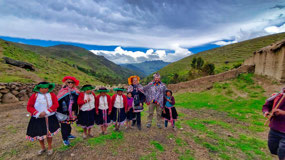
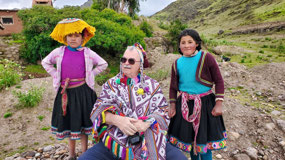
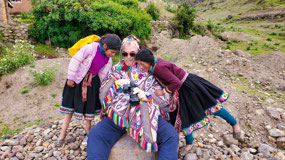
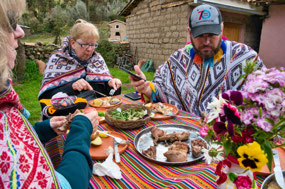
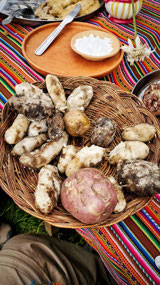
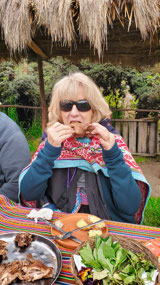
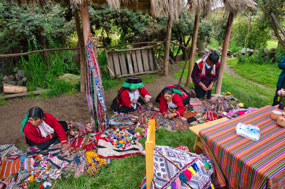
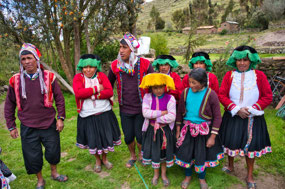


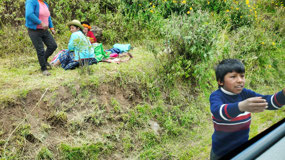
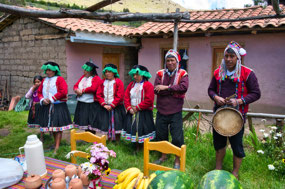
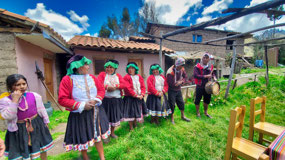
2025-05-23